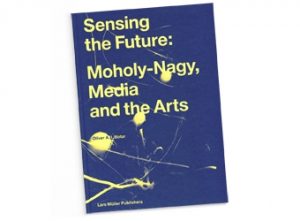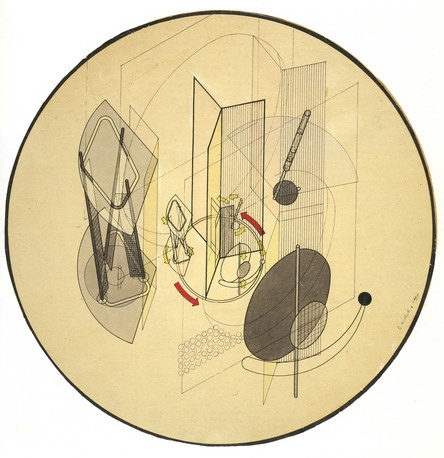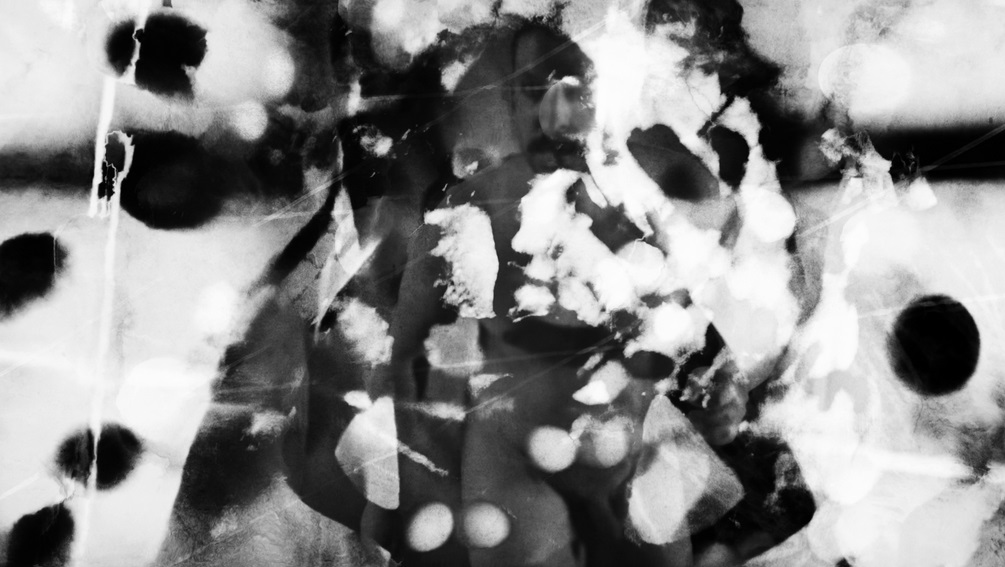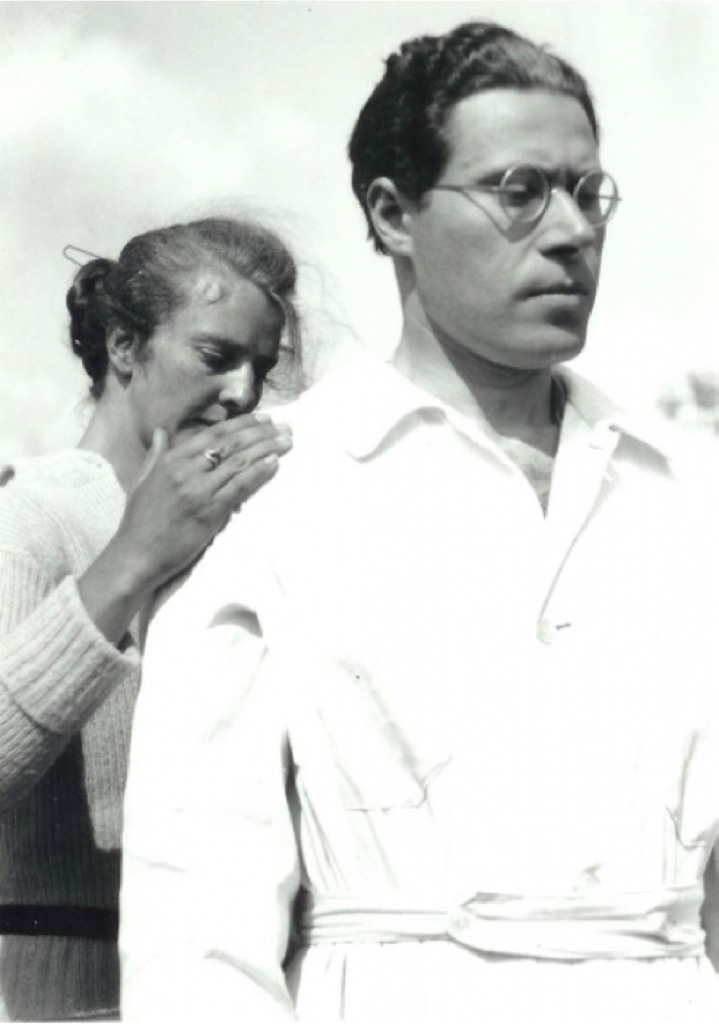December 15th 2014
By Kevin Burns

 Shortly before University of Manitoba art-historian Oliver Botar left Winnipeg for the opening of Sensing the Future: László Moholy-Nagy, the Media and the Arts, the exhibition he curated for Berlin’s Bauhaus Archiv Museum für Gestaltung, he spoke to CHEF website contributor Kevin Burns.
Shortly before University of Manitoba art-historian Oliver Botar left Winnipeg for the opening of Sensing the Future: László Moholy-Nagy, the Media and the Arts, the exhibition he curated for Berlin’s Bauhaus Archiv Museum für Gestaltung, he spoke to CHEF website contributor Kevin Burns.
“In his artistic work and experimental use of new media, the avant-gardist and Bauhaus teacher László Moholy-Nagy (1895–1946) overstepped the boundaries of the conventional view of art. His methods were marked by interdisciplinary approaches, while at the same time fundamentally questioning the traditional perception of art. His approach was thus far ahead of his time and was already raising issues that are still relevant today.”

Source: Lars Müller Publishers, Zürich.
This is how Berlin’s Bauhaus gallery introduces the boundary-breaking work of László Moholy-Nagy, an artist and creative force that Oliver Botar describes as, “prescient, in so many ways, in his practice, in his teaching and in his writing. He prefigured many themes of the past-war era which unfortunately he didn’t life to see. He died at the age of 51 of leukemia in 1946. Yet in his art and in his practice he was engaged in art in an intermedial way. That is to say, he didn’t choose one are and declare himself to be a master of it. He felt that art, at heart, was conceptual and could therefore be worked out in any medium, not that media are interchangeable, but that it could be worked out in any medium.”

Source: Bauhaus Archiv Museum für Gestaltung Berlin.
For Berlin’s Bauhaus, Botar has assembled a collection of Moholy-Nagy original works, realizations of unavailable works from detailed notes, and reconstructions of works as many originals were site specific. In order to underline the artist’s pursuit of boundary crossing artistic creation, Botar has set these Moholy-Nagy works alongside works by a wide-ranging group of new media artists (from Germany, Canada, and the United States) including Eduardo Aquino, Naomi Clare, Olafur Eliasson, Freya Olafson, Floris Neusüss, and Renate Heyne, among many others.
Although curators are not supposed to have favourite works in an exhibition, Botar says he has a great deal of affection for one of the least-typical Moholy-Nagy pieces he has put on display. It’s not an installation or a projection, but a 1924 painting entitled A 2. “It’s a masterpiece in his oeuvre,” enthuses Botar. “It’s large scale and what it’s about is transparency. He paints an overall composition and that same composition reappears, transparently in a different size in the same work. He’s painting about transparency. He’s at the height of his powers, having arrived at the Bauhaus just a year before. It’s owned by the Guggenheim Museum and they rarely lend it out. And although the exhibition is about new media it gave me great satisfaction to see that work in this show.”

Source: Bauhaus Archiv Museum für Gestaltung Berlin.
The same year he painted A 2, the hard-to-pin-down Moholy-Nagy, “had a moment when he said painting was over,” explains Botar. “He wrote in an article that painters should move to art of pure light, projected light. Although he continued painting for the rest of his life, this painting is from that iconoclastic moment.”

Source: Bauhaus Archiv Museum für Gestaltung Berlin.
Because Moholy-Nagy used light and projection in many of his works, Botar invited the celebrated Winnipeg film-maker, Guy Maddin to realize the Moholy-Nagy film script, “Once a Chicken, Always a Chicken.” The inventive Guy Maddin sought the help of one of Hungary’s foremost film-makers, Bela Tarr, to shoot this silent work. “It’s not a slavish realization. It’s silent and it’s absolutely gorgeous.”

“A still from Guy Maddin’s realization of “Once a Chicken, Always a Chicken” – source: Plug in Institute of Contemporary Art, Winnipeg.”
A version of Sensing the Future: László Moholy-Nagy, the Media and the Arts has just closed at Winnipeg’s Plug In Institute of Contemporary Art where it had to be extended for three weeks because of the interest in it. That exhibition coincided with the release by the Zürich-based publishing house, Lars Müller Publishers, of Oliver Botar’s accompanying book, Sensing the Future: László Moholy-Nagy, the Media and the Arts in English and German editions. The Berlin version of this exhibition has just opened at the Bauhaus and runs until February, 2015.

Source: Plug in Institute of Contemporary Art, Winnipeg.
